Born in 1826 in Hampshire, Blatherwick studied medicine but was better known for his other roles - author, contributor to magazines, artist and "H.M. Alkali Inspector in Scotland". He lived the second half of his life in Scotland, settling near Helensburgh, where he died in 1895. He was president of Glasgow Art Club, treasurer of the Royal Scottish Society of Painters in Water-Colour and had three exhibits in the Royal Academy. This must have been one of his early pieces. It captures the importance of the harbour and pier before the villages changed forever with the arrival of the railway in 1857.
The image was included as a plate within the 1907 book by Andrew Storrar Cunningham 'Upper Largo, Lower Largo, Lundin Links and Newburn'.
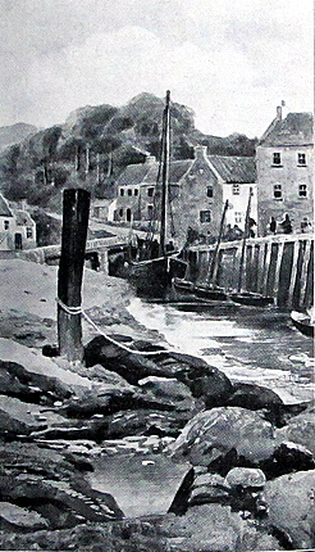
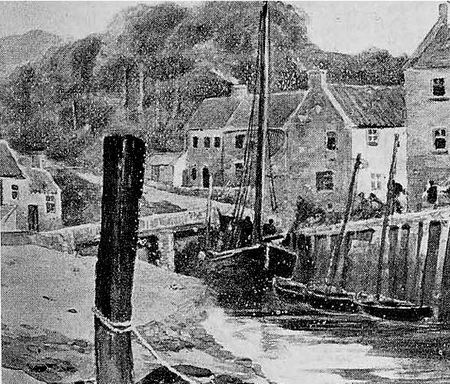

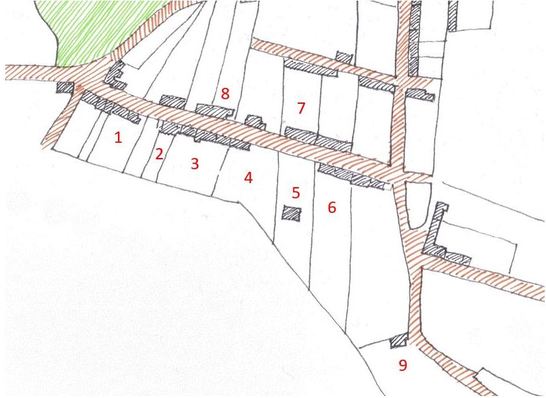
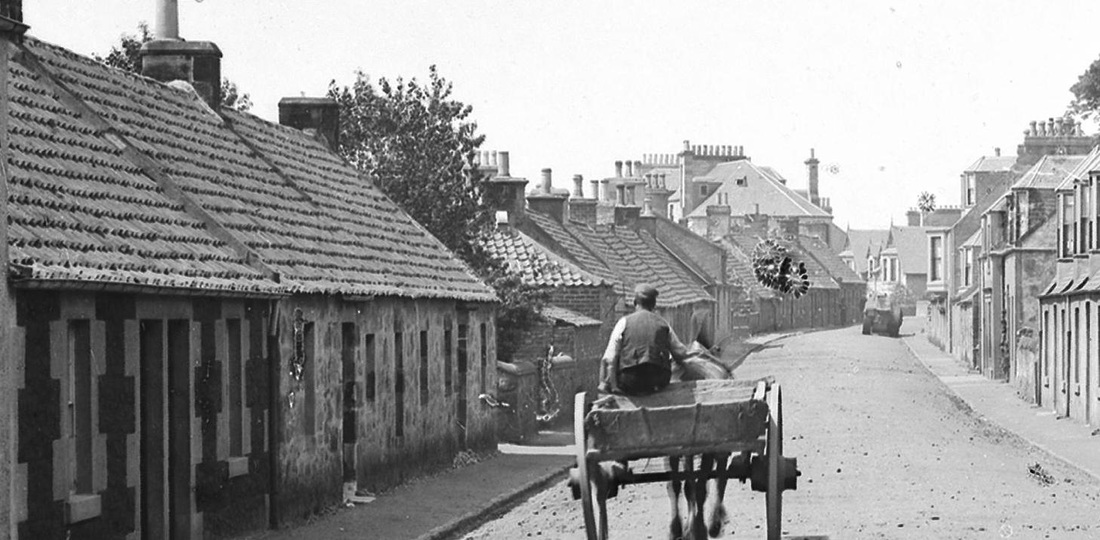
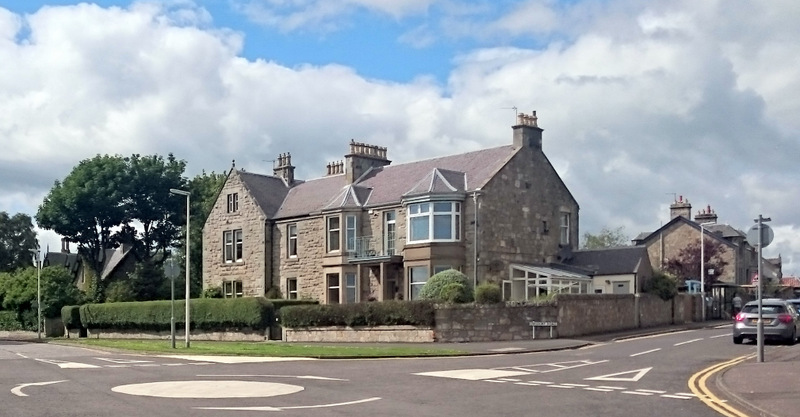
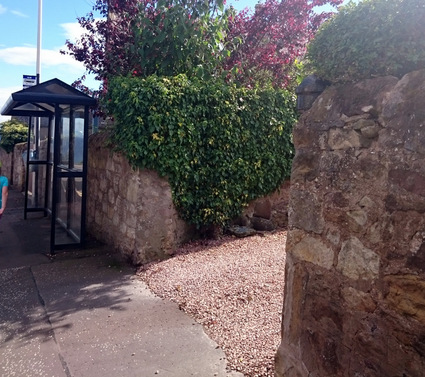
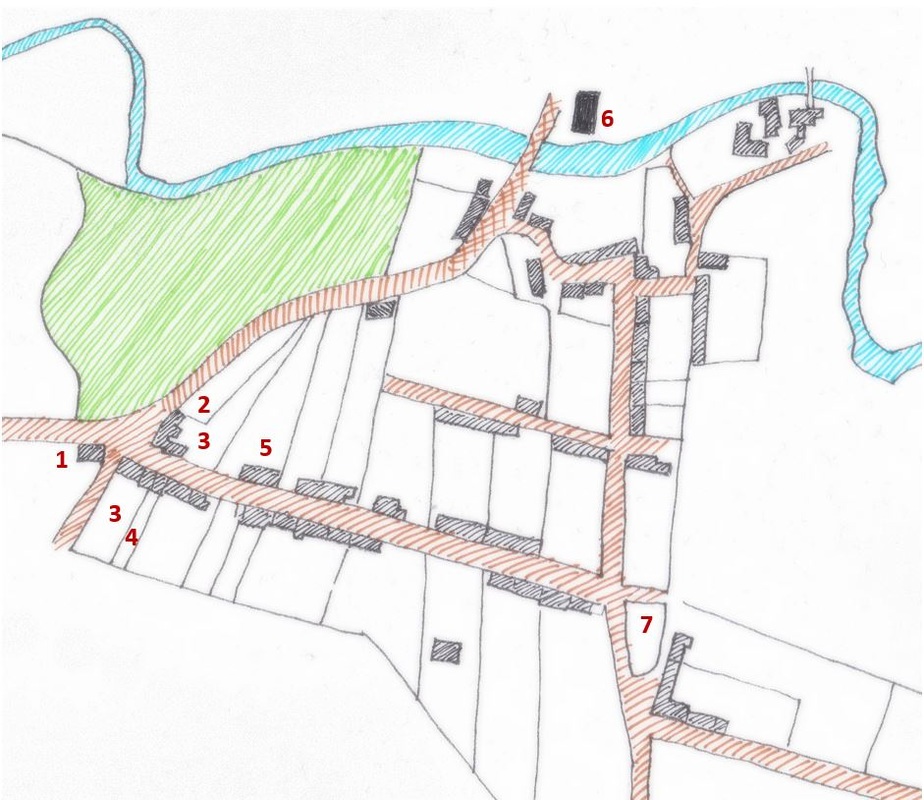
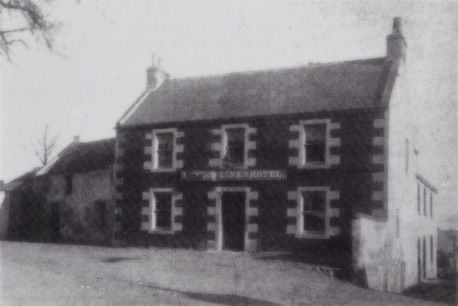
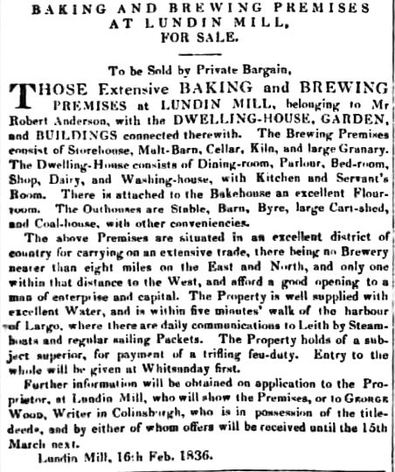
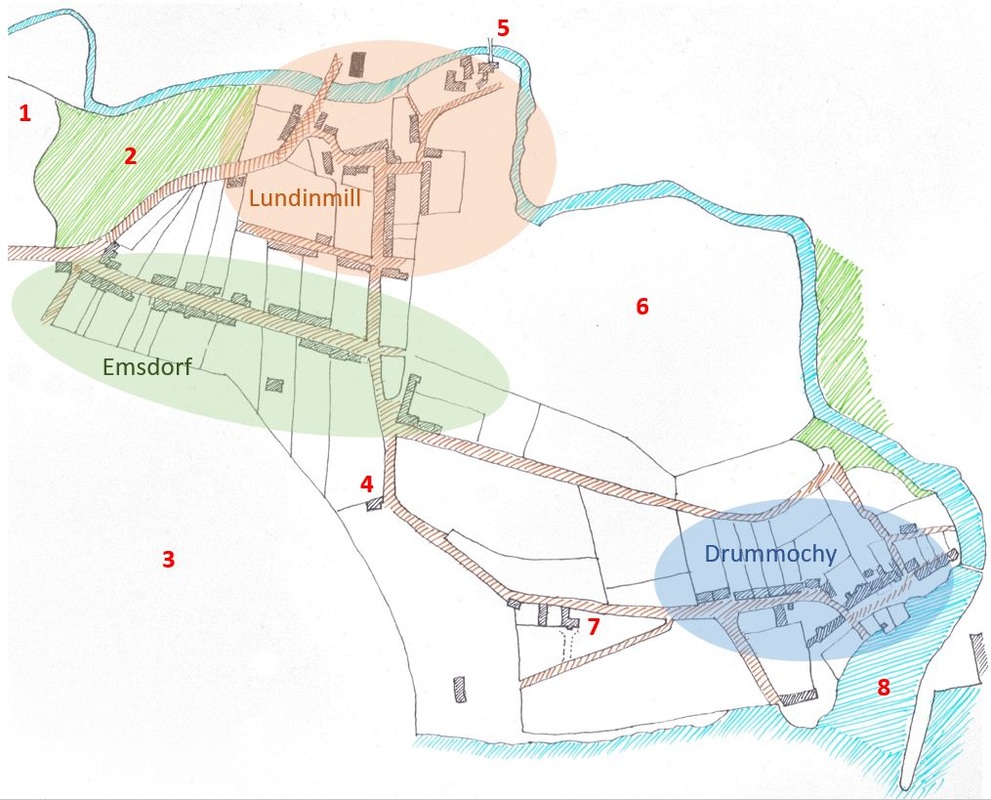
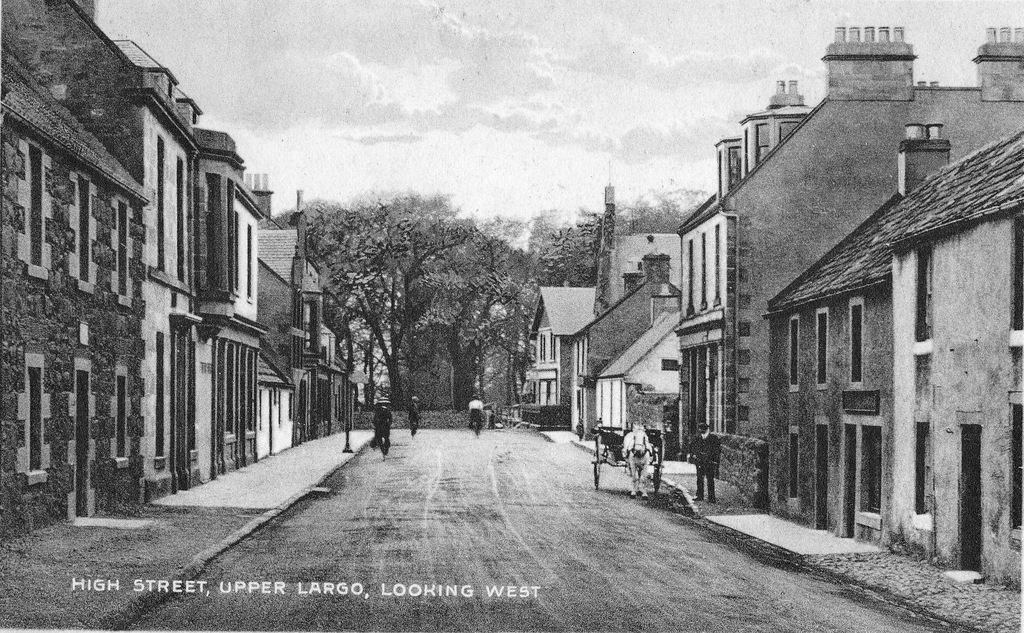
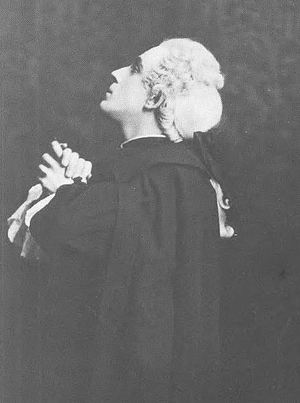
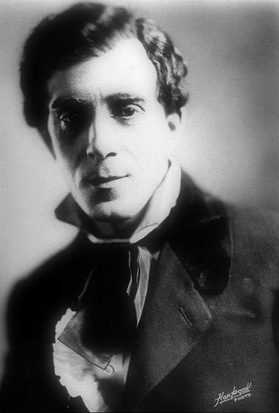
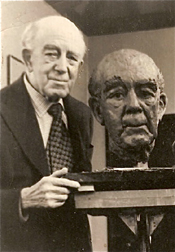
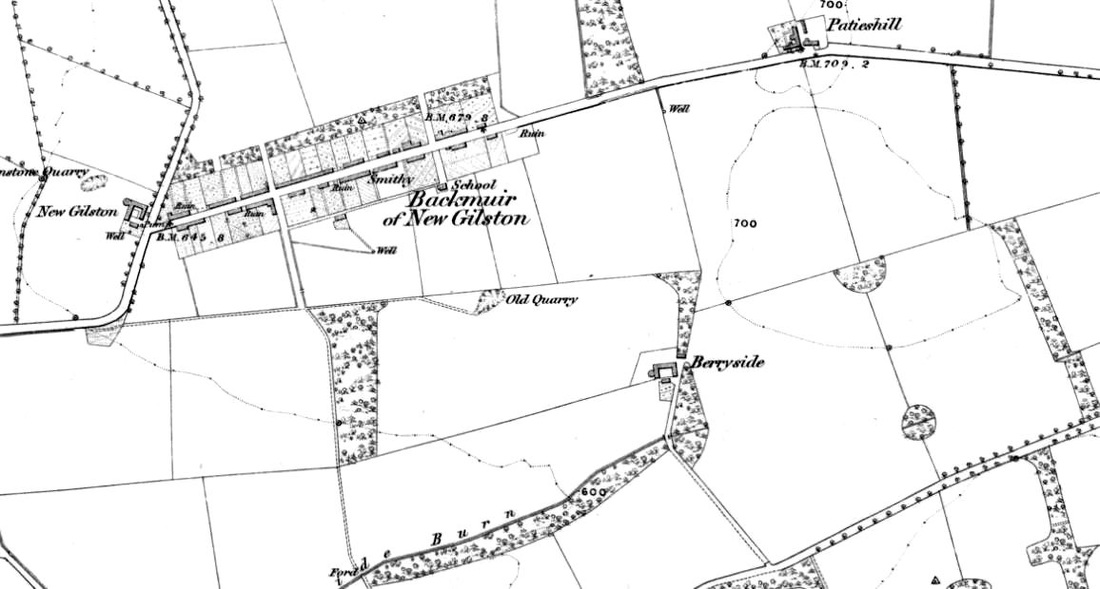
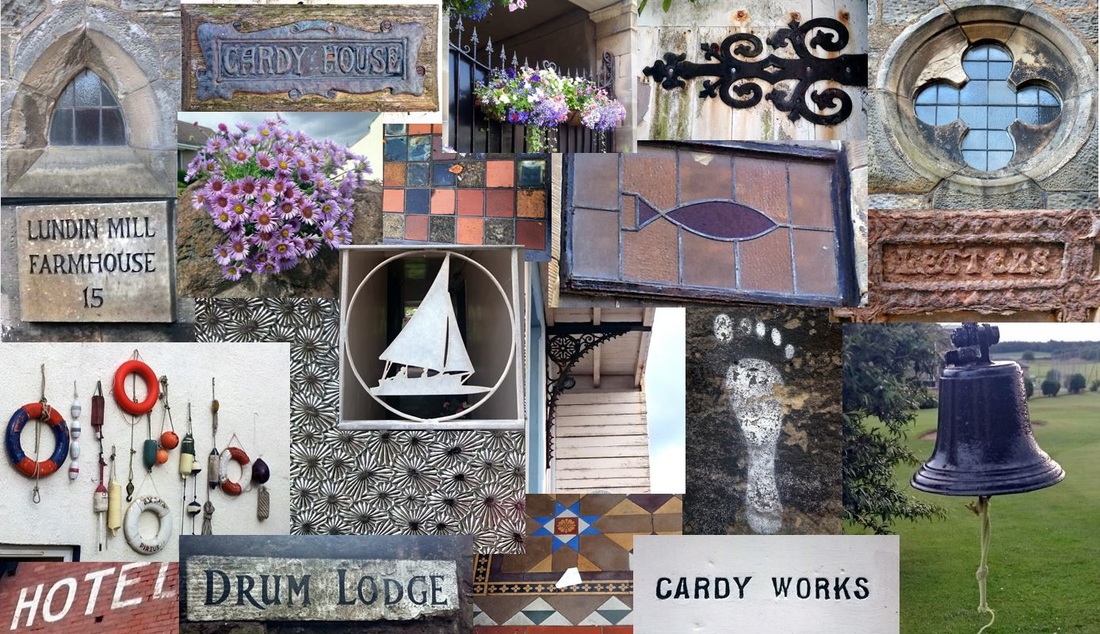
 RSS Feed
RSS Feed
